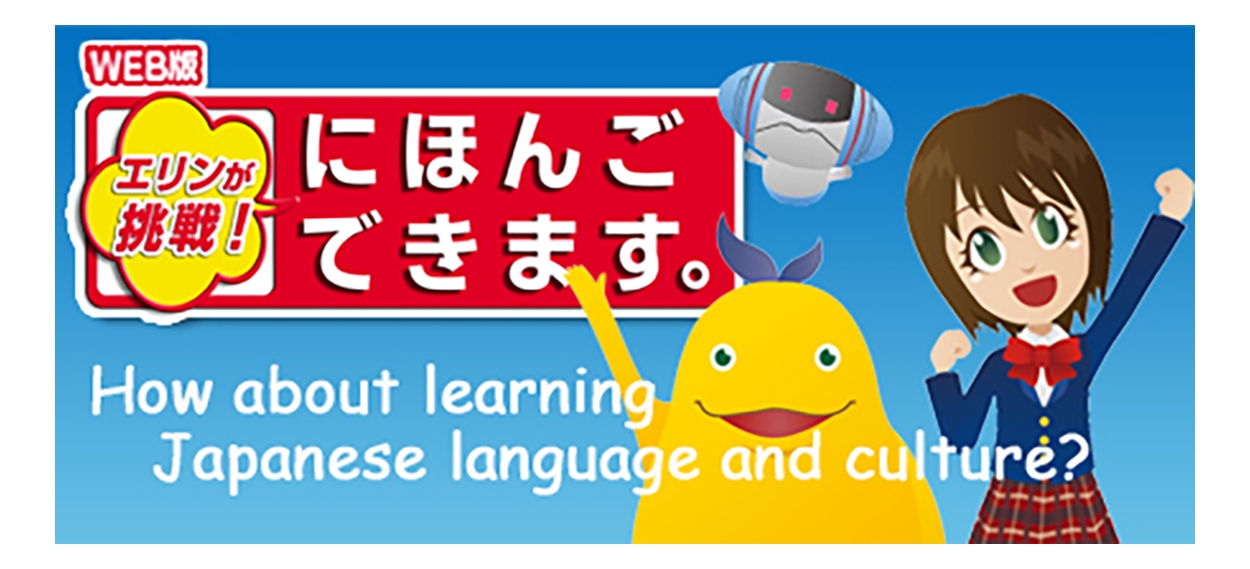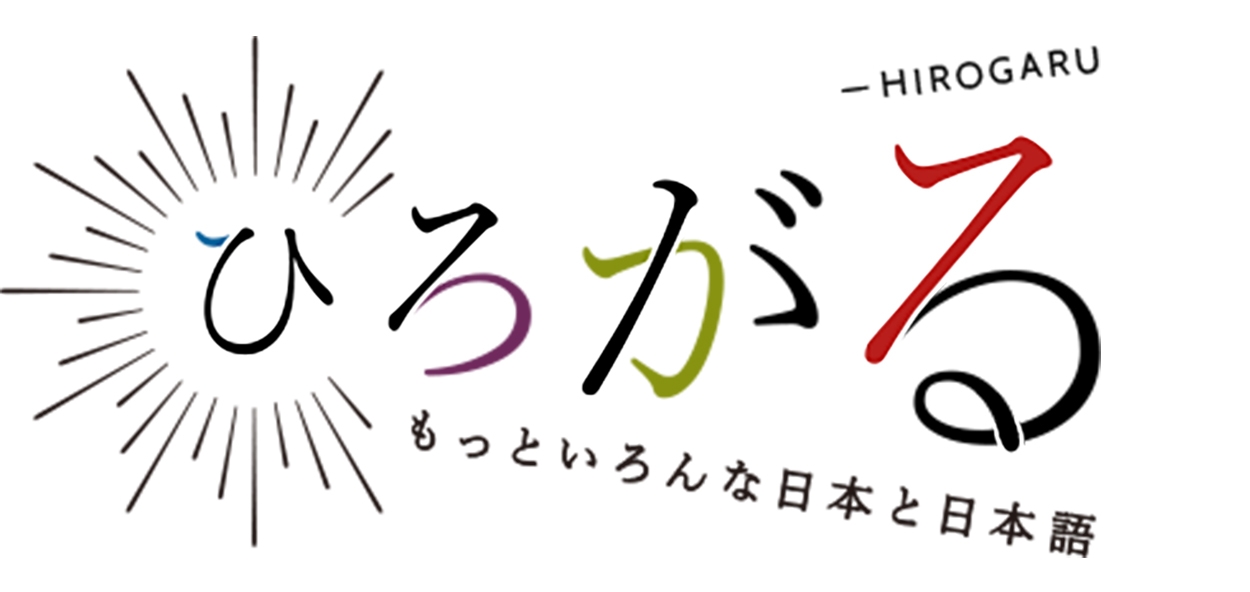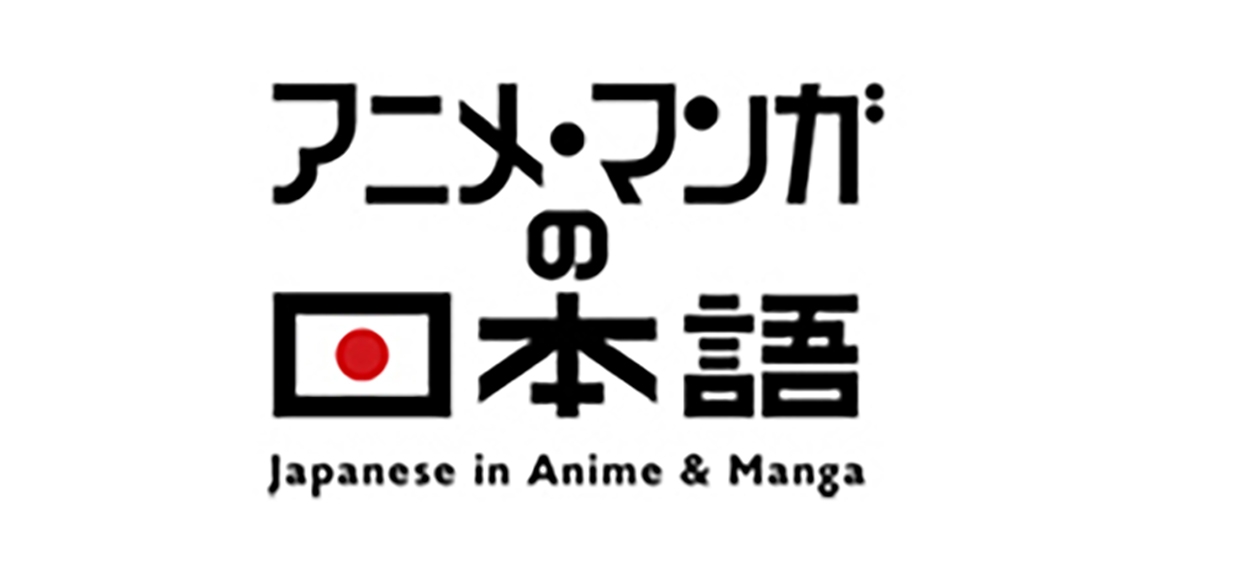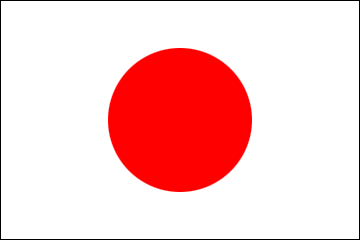Learn Japanese Language

Learning Japanese not only makes it possible to communicate with Japanese language speakers in your community and in Japan, it also allows you to take a deep dive into Japan’s culture and history.

Be one of the nearly 170,000 people in the U.S. studying Japanese by signing up for Japanese language classes in your local communities and schools.
If you live outside Washington, D.C., Maryland or Virginia, contact your Japanese consulate or local Japan-America Society for local resources.
for local resources.
If you are a resident of Washington, D.C., Maryland or Virginia, check out these local resources.
- Japanese Language School – Japan-America Society Washington, D.C. (JASWDC)

The Japan-America Society Washington, D.C. offers evening Japanese classes for all levels to adults and students aged 14 and up. It is located in downtown Washington, D.C. - GLOBALIZE DC: JAPAN

An after school program for DC high school students to learn about Japanese language and culture offered by the non-profit, Globalize DC. - DMV Schools Offering Japanese

Check this list to see if your school district or college offers Japanese Language.
For parents with K-12 children, the following resources may be of interest if your child already has a firm grasp of the Japanese language*:
- The Washington Japanese Heritage Center (Keisho Center)
 Bethesda, MD
Bethesda, MD
Keisho Center helps children proficient in Japanese maintain & develop their language skills. - Himawari No Kai
 (Ages 3-5) Merrifield, VA
(Ages 3-5) Merrifield, VA
A Japanese language only preschool program. Students must be able to understand basic instructions in Japanese. - Sakura Gakuen
 (Ages 3-5) Kensington, MD
(Ages 3-5) Kensington, MD
A Japanese language only preschool program. Parents must volunteer and be able to speak Japanese. - The WEE Center
 (Ages 3-5) Rockville, MD
(Ages 3-5) Rockville, MD
A Japanese language preschool program. Students will also have the opportunity to interact with English speaking children. - Seichou Juku
 (Grades K-6) Alexandria, VA
(Grades K-6) Alexandria, VA
An after-school Japanese language program for Japanese proficient students.
*The Embassy of Japan is not affiliated with the organizations mentioned above and this list has been provided only as a reference. Please contact each individual organization for more information on programs, availability and pricing.

If you are interested in seriously learning Japanese but there are no classes in your area, then the 5 steps below will help guide you as you begin learning Japanese on your own!
Introduction
We have compiled a number of resources at each level to help as you progress on your journey of Japanese language learning. (Click on the banners below to learn more!)
Learn at your own pace and do not be afraid of making mistakes. Good luck! Gambatte!
You will first need to learn the 2 types of characters needed to read and write in Japanese.

Hiragana is a set of 46 characters where each character represents a syllable. It can take as little as 1 week to learn hiragana.
- Download the Hiragana Memory Hint app on iOS
 , Android
, Android and Amazon
and Amazon
- Enroll in the Hiragana Self-Study or Tutor Supported Course on e-Learning Minato
 for more support.
for more support.

Katakana is another set of 46 characters that represent syllables like hiragana. It is used to spell out words in languages other than Japanese. If your name is not Japanese, you would write your name in katakana. It can take as little as 1 week to learn katakana.
- Download the Katakana Memory Hint app on iOS
 , Android
, Android and Amazon
and Amazon
- Enroll in the Hiragana Self-Study or Tutor Supported Course on e-Learning Minato
 for more support.
for more support.
Japanese grammar is different from English grammar in many ways, so having a way to practice can be very helpful. Get started with the following, free online courses.
 |
Minato e-Learning |
 |
Follow high school exchange student, Erin, on her quest to master Japanese through videos about Japanese daily-life. Erin’s Challenge! |
Kanji are characters that began as pictures and now represent words. Memorizing the 2,000 kanji in regular use will take dedication and typically years to learn all of them. Go slowly by learning only a handful of kanji per week. Don’t give up!
There are countless other kanji learning resources available online, in app and in print. There is more than one way to learn kanji, so experiment to see which methods work best for you.
Once you learn the basics like hiragana, katakana, some kanji and fundamental grammar, you will need to apply these skills. You can do so by watching TV and movies and by reading books, newspapers and magazines.
If you are just starting out, the below resources ease you into reading and listening in Japanese.

|
Improve your kanji reading skills by reading easy to read newspaper articles. |
 |
Learn about your favorite hobbies in easy to read Japanese through videos and articles. |
 |
Japanese in Anime and Manga by Japan Foundation Hone your Japanese skills by watching easy to understand anime and reading manga. |
Don't forget to check your favorite streaming services for Japanese movies and TV shows!
When you go to Japan, you will need to use your Japanese speaking skills to ask for directions, order food at a restaurant and talk with the Japanese community around you. Improve your speaking skills by joining Japanese conversation groups in your local community. Ask your local Japan-America Society if they know of any in your area. Ask your local universities and schools if they have Japanese conversation groups for their students that you can join.
if they know of any in your area. Ask your local universities and schools if they have Japanese conversation groups for their students that you can join.
